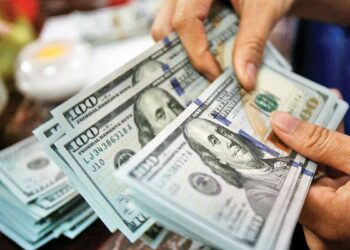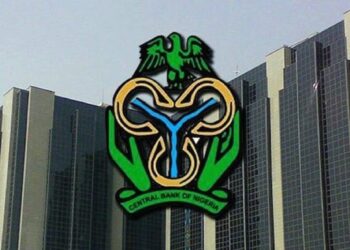JPMorgan Chase, the largest bank in the United States, revealed plans for an extensive spending spree on new initiatives this year, surpassing $15 billion. This move highlights the bank’s determination to expand and solidify its position in the financial industry.
During its investor day on Monday, JPMorgan Chase announced its intention to allocate $15.7 billion to new initiatives in 2023, encompassing investments in hiring, marketing, and technology. This marked a $2 billion increase compared to the previous year.
Marianne Lake, the co-head of the bank’s consumer and community division, emphasized the unparalleled capacity for investment at JPMorgan Chase. She stated that the bank’s competitors have not been able to match its level of investment, making JPMorgan Chase a leader in driving significant future operating leverage for years to come. Marianne Lake is considered a potential candidate to succeed Jamie Dimon, the current chief executive of the bank.
This surge in investment by JPMorgan Chase further highlights the growing divide between larger US banks and smaller lenders, which have faced mounting pressure this year. In addition, JPMorgan Chase revised its outlook for net interest income (NII) following its recent acquisition of First Republic.
With the purchase of First Republic, the bank raised its 2023 target for NII, excluding its trading division, to approximately $84 billion, up from the previous projection of $81 billion. Net interest income represents the difference between the interest paid on deposits and the earnings from loans and other assets.
Despite the positive outlook, JPMorgan Chase acknowledges the existence of uncertainties in its guidance. The bank foresees its medium-term NII to be in the mid-$70 billion range, partly due to the potential need to offer higher interest rates to savers, resulting in narrower profit margins.
On Monday, JPMorgan Chase’s shares closed 0.8% lower following the investor day announcements. Jamie Dimon, the chief executive, also cautioned shareholders to prepare for higher interest rates, expressing his belief that bond rates might increase significantly.
The revised guidance underscores the advantage that large banks like JPMorgan Chase have gained from the crisis experienced by some regional lenders. JPMorgan Chase has capitalized on this situation by attracting new deposits and acquiring the remaining assets of First Republic through a government auction.
The increase in interest rates by the US Federal Reserve last year has also proven advantageous to major lenders. This enabled banks to charge borrowers higher interest rates without significantly impacting rates offered to savers.
JPMorgan Chase reported a slight decline in deposits, which totaled $2.3 trillion at the end of March. Chief Financial Officer Jeremy Barnum expects system-wide deposits at US banks to continue decreasing as the Federal Reserve tightens monetary policy and customers seek better yields for their cash.
Barnum emphasized that while the bank aims to retain primary banking relationships, it will not actively pursue every dollar of deposit balances. JPMorgan Chase currently offers an average interest rate of 1.21% to depositors, lower than the 1.75% average among its peers.
Addressing his future plans, Jamie Dimon indicated his intention to remain as the chief executive for the foreseeable future. Having led the bank since 2005, Dimon expressed his continued intensity and commitment to the role. While acknowledging that he cannot serve indefinitely, Dimon’s dedication to his position remains unwavering.
JPMorgan Chase’s ambitious spending plan of over $15 billion on new initiatives in 2023 underscores its commitment to growth and expansion. The bank’s strategic investments in hiring, marketing, and technology aim to solidify its market position and drive future operating leverage.










